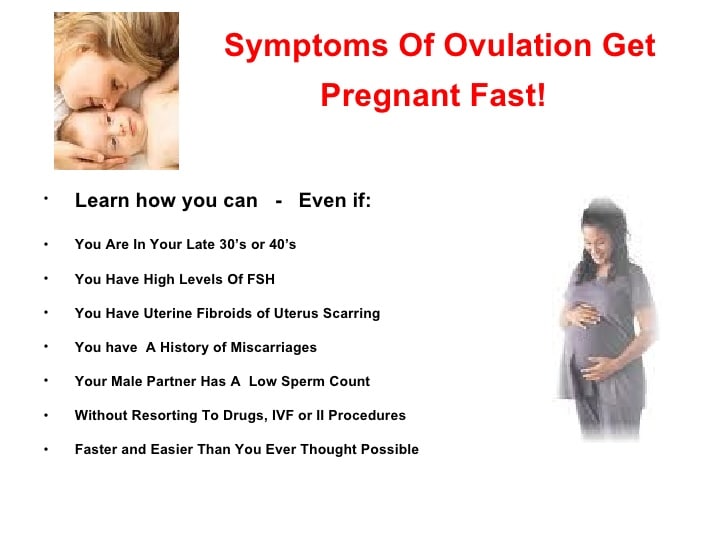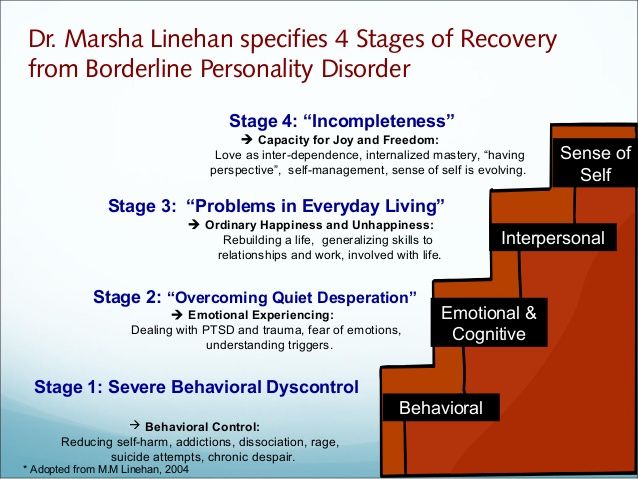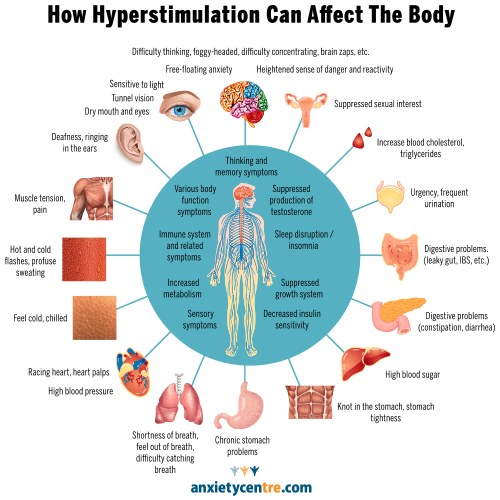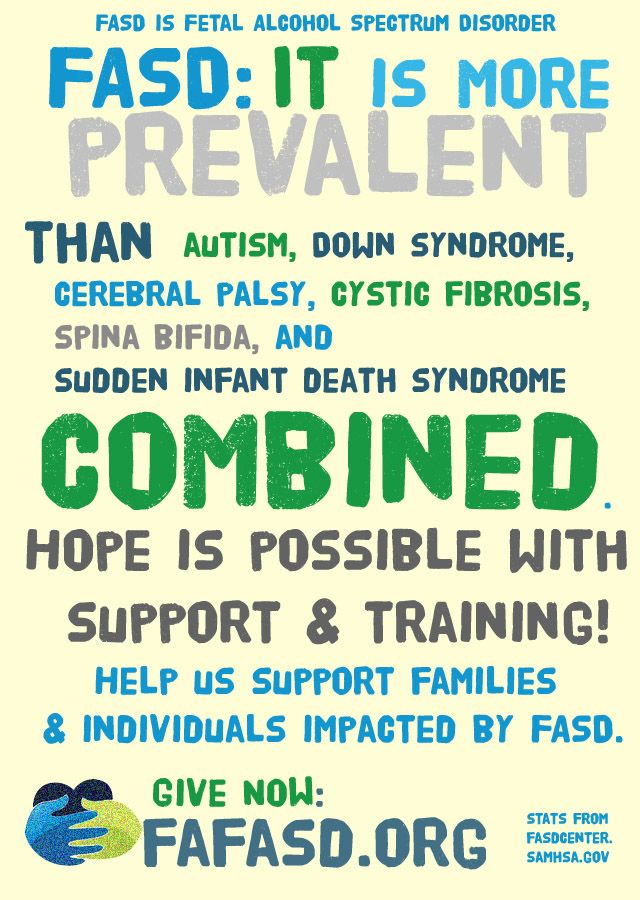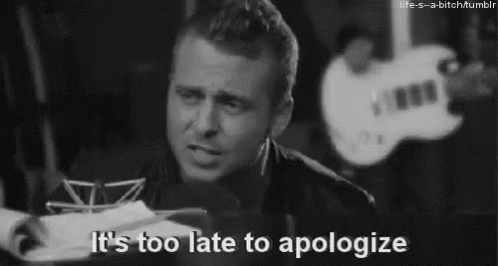Sheepdog and the wolf
On Sheep, Wolves, and Sheepdogs
On Sheep, Wolves, and Sheepdogs - Dave GrossmanOn Sheep, Wolves, and Sheepdogs - Dave Grossman
By LTC (RET) Dave Grossman, author of "On Killing."Honor never grows old, and honor rejoices the heart of age. It does so because honor is, finally, about defending those noble and worthy things that deserve defending, even if it comes at a high cost. In our time, that may mean social disapproval, public scorn, hardship, persecution, or as always,even death itself. The question remains: What is worth defending? What is worth dying for? What is worth living for? - William J. Bennett - in a lecture to the United States Naval Academy November 24, 1997
One Vietnam veteran, an old retired colonel, once said this to me:
"Most of the people in our society are sheep. They are kind, gentle, productive creatures who can only hurt one another by accident." This is true. Remember, the murder rate is six per 100,000 per year, and the aggravated assault rate is four per 1,000 per year.
What this means is that the vast majority of Americans are not inclined to hurt one another. Some estimates say that two million Americans are victims of violent crimes every year, a tragic, staggering number, perhaps an all-time record rate of violent crime. But there are almost 300 million Americans, which means that the odds of being a victim of violent crime is considerably less than one in a hundred on any given year. Furthermore, since many violent crimes are committed by repeat offenders, the actual number of violent citizens is considerably less than two million.
Thus there is a paradox, and we must grasp both ends of the situation: We may well be in the most violent times in history, but violence is still remarkably rare. This is because most citizens are kind, decent people who are not capable of hurting each other, except by accident or under extreme provocation. They are sheep.
I mean nothing negative by calling them sheep. To me it is like the pretty, blue robin's egg. Inside it is soft and gooey but someday it will grow into something wonderful. But the egg cannot survive without its hard blue shell. Police officers, soldiers, and other warriors are like that shell, and someday the civilization they protect will grow into something wonderful.? For now, though, they need warriors to protect them from the predators.
Inside it is soft and gooey but someday it will grow into something wonderful. But the egg cannot survive without its hard blue shell. Police officers, soldiers, and other warriors are like that shell, and someday the civilization they protect will grow into something wonderful.? For now, though, they need warriors to protect them from the predators.
"Then there are the wolves," the old war veteran said, "and the wolves feed on the sheep without mercy." Do you believe there are wolves out there who will feed on the flock without mercy? You better believe it. There are evil men in this world and they are capable of evil deeds. The moment you forget that or pretend it is not so, you become a sheep. There is no safety in denial.
"Then there are sheepdogs," he went on, "and I'm a sheepdog. I live to protect the flock and confront the wolf."
If you have no capacity for violence then you are a healthy productive citizen, a sheep. If you have a capacity for violence and no empathy for your fellow citizens, then you have defined an aggressive sociopath, a wolf.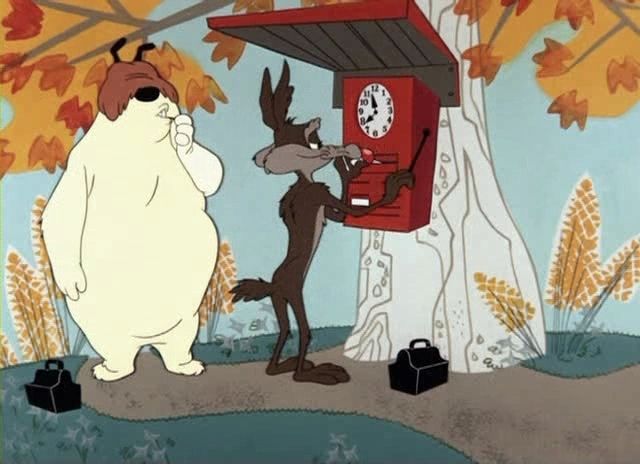 But what if you have a capacity for violence, and a deep love for your fellow citizens? What do you have then? A sheepdog, a warrior, someone who is walking the hero's path. Someone who can walk into the heart of darkness, into the universal human phobia, and walk out unscathed
But what if you have a capacity for violence, and a deep love for your fellow citizens? What do you have then? A sheepdog, a warrior, someone who is walking the hero's path. Someone who can walk into the heart of darkness, into the universal human phobia, and walk out unscathed
Let me expand on this old soldier's excellent model of the sheep, wolves, and sheepdogs. We know that the sheep live in denial, that is what makes them sheep. They do not want to believe that there is evil in the world. They can accept the fact that fires can happen, which is why they want fire extinguishers, fire sprinklers, fire alarms and fire exits throughout their kids' schools.
But many of them are outraged at the idea of putting an armed police officer in their kid's school. Our children are thousands of times more likely to be killed or seriously injured by school violence than fire, but the sheep's only response to the possibility of violence is denial. The idea of someone coming to kill or harm their child is just too hard, and so they chose the path of denial.
The sheep generally do not like the sheepdog. He looks a lot like the wolf. He has fangs and the capacity for violence. The difference, though, is that the sheepdog must not, can not and will not ever harm the sheep. Any sheep dog who intentionally harms the lowliest little lamb will be punished and removed. The world cannot work any other way, at least not in a representative democracy or a republic such as ours.
Still, the sheepdog disturbs the sheep. He is a constant reminder that there are wolves in the land. They would prefer that he didn't tell them where to go, or give them traffic tickets, or stand at the ready in our airports in camouflage fatigues holding an M-16. The sheep would much rather have the sheepdog cash in his fangs, spray paint himself white, and go, "Baa."
Until the wolf shows up. Then the entire flock tries desperately to hide behind one lonely sheepdog.
The students, the victims, at Columbine High School were big, tough high school students, and under ordinary circumstances they would not have had the time of day for a police officer.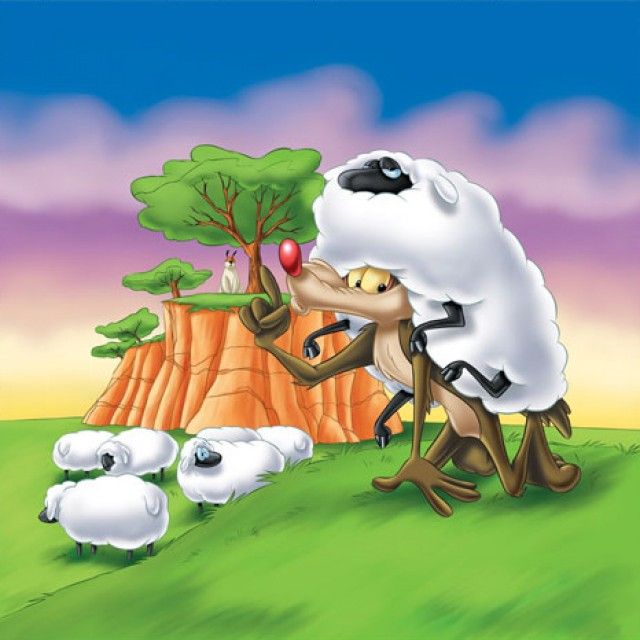 They were not bad kids; they just had nothing to say to a cop. When the school was under attack, however, and SWAT teams were clearing the rooms and hallways, the officers had to physically peel those clinging, sobbing kids off of them. This is how the little lambs feel about their sheepdog when the wolf is at the door.
They were not bad kids; they just had nothing to say to a cop. When the school was under attack, however, and SWAT teams were clearing the rooms and hallways, the officers had to physically peel those clinging, sobbing kids off of them. This is how the little lambs feel about their sheepdog when the wolf is at the door.
Look at what happened after September 11, 2001 when the wolf pounded hard on the door. Remember how America, more than ever before, felt differently about their law enforcement officers and military personnel? Remember how many times you heard the word hero?
Understand that there is nothing morally superior about being a sheepdog; it is just what you choose to be. Also understand that a sheepdog is a funny critter: He is always sniffing around out on the perimeter, checking the breeze, barking at things that go bump in the night, and yearning for a righteous battle. That is, the young sheepdogs yearn for a righteous battle. The old sheepdogs are a little older and wiser, but they move to the sound of the guns when needed right along with the young ones.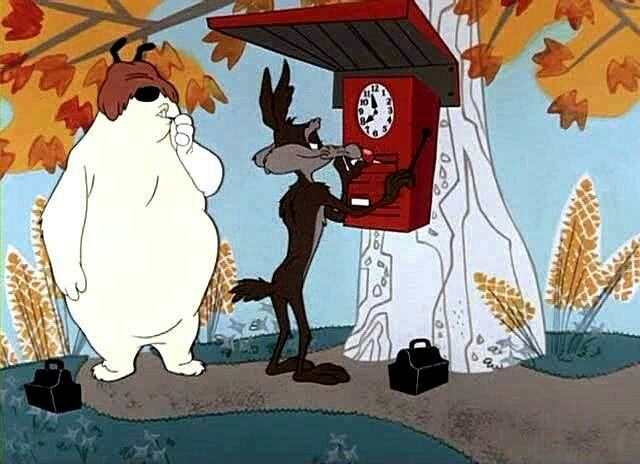
Here is how the sheep and the sheepdog think differently. The sheep pretend the wolf will never come, but the sheepdog lives for that day. After the attacks on September 11, 2001, most of the sheep, that is, most citizens in America said, "Thank God I wasn't on one of those planes." The sheepdogs, the warriors, said, "Dear God, I wish I could have been on one of those planes. Maybe I could have made a difference." When you are truly transformed into a warrior and have truly invested yourself into warriorhood, you want to be there. You want to be able to make a difference.
There is nothing morally superior about the sheepdog, the warrior, but he does have one real advantage. Only one. And that is that he is able to survive and thrive in an environment that destroys 98 percent of the population. There was research conducted a few years ago with individuals convicted of violent crimes. These cons were in prison for serious, predatory crimes of violence: assaults, murders and killing law enforcement officers. The vast majority said that they specifically targeted victims by body language: slumped walk, passive behavior and lack of awareness. They chose their victims like big cats do in Africa, when they select one out of the herd that is least able to protect itself.
The vast majority said that they specifically targeted victims by body language: slumped walk, passive behavior and lack of awareness. They chose their victims like big cats do in Africa, when they select one out of the herd that is least able to protect itself.
Some people may be destined to be sheep and others might be genetically primed to be wolves or sheepdogs. But I believe that most people can choose which one they want to be, and I'm proud to say that more and more Americans are choosing to become sheepdogs.
Seven months after the attack on September 11, 2001, Todd Beamer was honored in his hometown of Cranbury, New Jersey. Todd, as you recall, was the man on Flight 93 over Pennsylvania who called on his cell phone to alert an operator from United Airlines about the hijacking. When he learned of the other three passenger planes that had been used as weapons, Todd dropped his phone and uttered the words, "Let's roll," which authorities believe was a signal to the other passengers to confront the terrorist hijackers.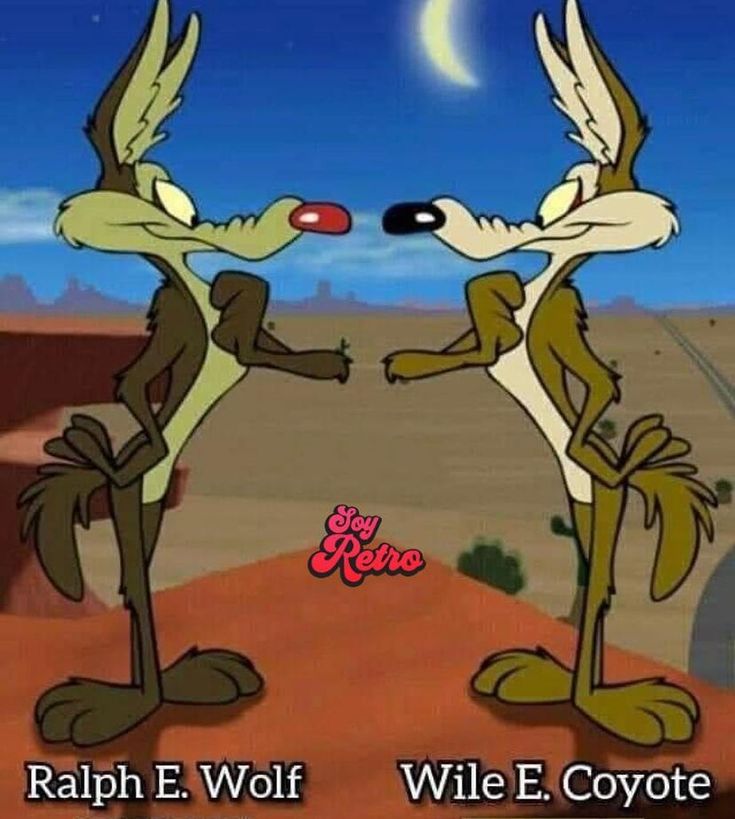 In one hour, a transformation occurred among the passengers - athletes, business people and parents. -- from sheep to sheepdogs and together they fought the wolves, ultimately saving an unknown number of lives on the ground.
In one hour, a transformation occurred among the passengers - athletes, business people and parents. -- from sheep to sheepdogs and together they fought the wolves, ultimately saving an unknown number of lives on the ground.
There is no safety for honest men except by believing all possible evil of evil men. - Edmund Burke
Here is the point I like to emphasize, especially to the thousands of police officers and soldiers I speak to each year. In nature the sheep, real sheep, are born as sheep. Sheepdogs are born that way, and so are wolves. They didn't have a choice. But you are not a critter. As a human being, you can be whatever you want to be. It is a conscious, moral decision.
If you want to be a sheep, then you can be a sheep and that is okay, but you must understand the price you pay. When the wolf comes, you and your loved ones are going to die if there is not a sheepdog there to protect you. If you want to be a wolf, you can be one, but the sheepdogs are going to hunt you down and you will never have rest, safety, trust or love. But if you want to be a sheepdog and walk the warrior's path, then you must make a conscious and moral decision every day to dedicate, equip and prepare yourself to thrive in that toxic, corrosive moment when the wolf comes knocking at the door.
But if you want to be a sheepdog and walk the warrior's path, then you must make a conscious and moral decision every day to dedicate, equip and prepare yourself to thrive in that toxic, corrosive moment when the wolf comes knocking at the door.
For example, many officers carry their weapons in church.? They are well concealed in ankle holsters, shoulder holsters or inside-the-belt holsters tucked into the small of their backs.? Anytime you go to some form of religious service, there is a very good chance that a police officer in your congregation is carrying. You will never know if there is such an individual in your place of worship, until the wolf appears to massacre you and your loved ones.
I was training a group of police officers in Texas, and during the break, one officer asked his friend if he carried his weapon in church. The other cop replied, "I will never be caught without my gun in church." I asked why he felt so strongly about this, and he told me about a cop he knew who was at a church massacre in Ft.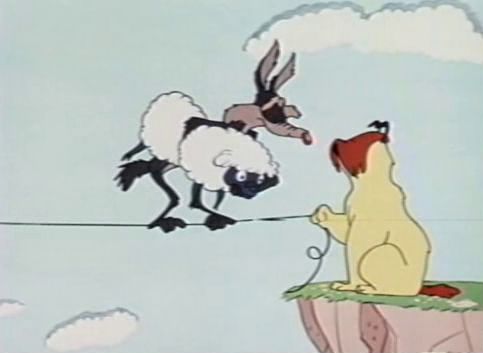 Worth, Texas in 1999. In that incident, a mentally deranged individual came into the church and opened fire, gunning down fourteen people. He said that officer believed he could have saved every life that day if he had been carrying his gun. His own son was shot, and all he could do was throw himself on the boy's body and wait to die. That cop looked me in the eye and said, "Do you have any idea how hard it would be to live with yourself after that?"
Worth, Texas in 1999. In that incident, a mentally deranged individual came into the church and opened fire, gunning down fourteen people. He said that officer believed he could have saved every life that day if he had been carrying his gun. His own son was shot, and all he could do was throw himself on the boy's body and wait to die. That cop looked me in the eye and said, "Do you have any idea how hard it would be to live with yourself after that?"
Some individuals would be horrified if they knew this police officer was carrying a weapon in church. They might call him paranoid and would probably scorn him. Yet these same individuals would be enraged and would call for "heads to roll" if they found out that the airbags in their cars were defective, or that the fire extinguisher and fire sprinklers in their kids' school did not work. They can accept the fact that fires and traffic accidents can happen and that there must be safeguards against them.
Their only response to the wolf, though, is denial, and all too often their response to the sheepdog is scorn and disdain. But the sheepdog quietly asks himself, "Do you have and idea how hard it would be to live with yourself if your loved ones attacked and killed, and you had to stand there helplessly because you were unprepared for that day?"
But the sheepdog quietly asks himself, "Do you have and idea how hard it would be to live with yourself if your loved ones attacked and killed, and you had to stand there helplessly because you were unprepared for that day?"
It is denial that turns people into sheep. Sheep are psychologically destroyed by combat because their only defense is denial, which is counterproductive and destructive, resulting in fear, helplessness and horror when the wolf shows up.
Denial kills you twice. It kills you once, at your moment of truth when you are not physically prepared: you didn't bring your gun, you didn't train. Your only defense was wishful thinking. Hope is not a strategy. Denial kills you a second time because even if you do physically survive, you are psychologically shattered by your fear helplessness and horror at your moment of truth.
Gavin de Becker puts it like this in Fear Less, his superb post-9/11 book, which should be required reading for anyone trying to come to terms with our current world situation: ". ..denial can be seductive, but it has an insidious side effect. For all the peace of mind deniers think they get by saying it isn't so, the fall they take when faced with new violence is all the more unsettling."
..denial can be seductive, but it has an insidious side effect. For all the peace of mind deniers think they get by saying it isn't so, the fall they take when faced with new violence is all the more unsettling."
Denial is a save-now-pay-later scheme, a contract written entirely in small print, for in the long run, the denying person knows the truth on some level.
And so the warrior must strive to confront denial in all aspects of his life, and prepare himself for the day when evil comes. If you are warrior who is legally authorized to carry a weapon and you step outside without that weapon, then you become a sheep, pretending that the bad man will not come today. No one can be "on" 24/7, for a lifetime. Everyone needs down time. But if you are authorized to carry a weapon, and you walk outside without it, just take a deep breath, and say this to yourself...
"Baa."
This business of being a sheep or a sheep dog is not a yes-no dichotomy. It is not an all-or-nothing, either-or choice.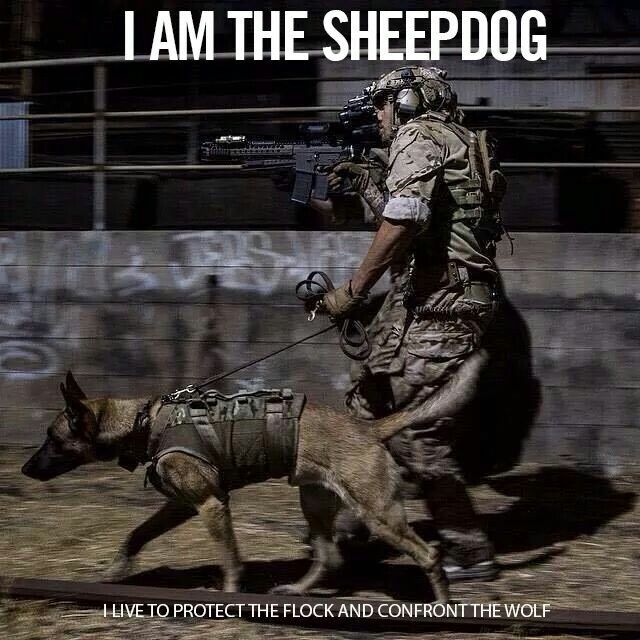 It is a matter of degrees, a continuum. On one end is an abject, head-in-the-sand-sheep and on the other end is the ultimate warrior. Few people exist completely on one end or the other. Most of us live somewhere in between. Since 9-11 almost everyone in America took a step up that continuum, away from denial. The sheep took a few steps toward accepting and appreciating their warriors, and the warriors started taking their job more seriously. The degree to which you move up that continuum, away from sheephood and denial, is the degree to which you and your loved ones will survive, physically and psychologically at your moment of truth.
It is a matter of degrees, a continuum. On one end is an abject, head-in-the-sand-sheep and on the other end is the ultimate warrior. Few people exist completely on one end or the other. Most of us live somewhere in between. Since 9-11 almost everyone in America took a step up that continuum, away from denial. The sheep took a few steps toward accepting and appreciating their warriors, and the warriors started taking their job more seriously. The degree to which you move up that continuum, away from sheephood and denial, is the degree to which you and your loved ones will survive, physically and psychologically at your moment of truth.
American Sniper’s “wolves, sheep, and sheepdogs” speech has a surprising history with conservatives and the right wing.
Wolf, sheep, or sheepdog?Photo by Keith Bernstein © 2014 Warner Bros. Entertainment
This past weekend, American Sniper sold millions of tickets, and introduced millions of Americans to a novel turn of phrase. In an early scene set at the dinner table, Chris Kyle’s father tells him that there are three kinds of people in the world: “wolves, sheep, and sheepdogs.”
In an early scene set at the dinner table, Chris Kyle’s father tells him that there are three kinds of people in the world: “wolves, sheep, and sheepdogs.”
The scene is a canny invention by screenwriter Jason Hall, but he didn’t come up with that analogy. The origins of this sheepdog analogy help explain why the film has resonated with audiences. The sheepdog speech comes from Lieutenant Colonel David Grossman’s book On Combat, published in 2004. (It doesn’t appear in Kyle’s best-selling memoir, although the family and friends running Chris Kyle’s Twitter account did tweet about it in December.) Since then it has spread through military and police circles and the right-wing blogosphere. It’s proved particularly durable with gun rights groups. With the release of American Sniper, it has reached its largest audience yet.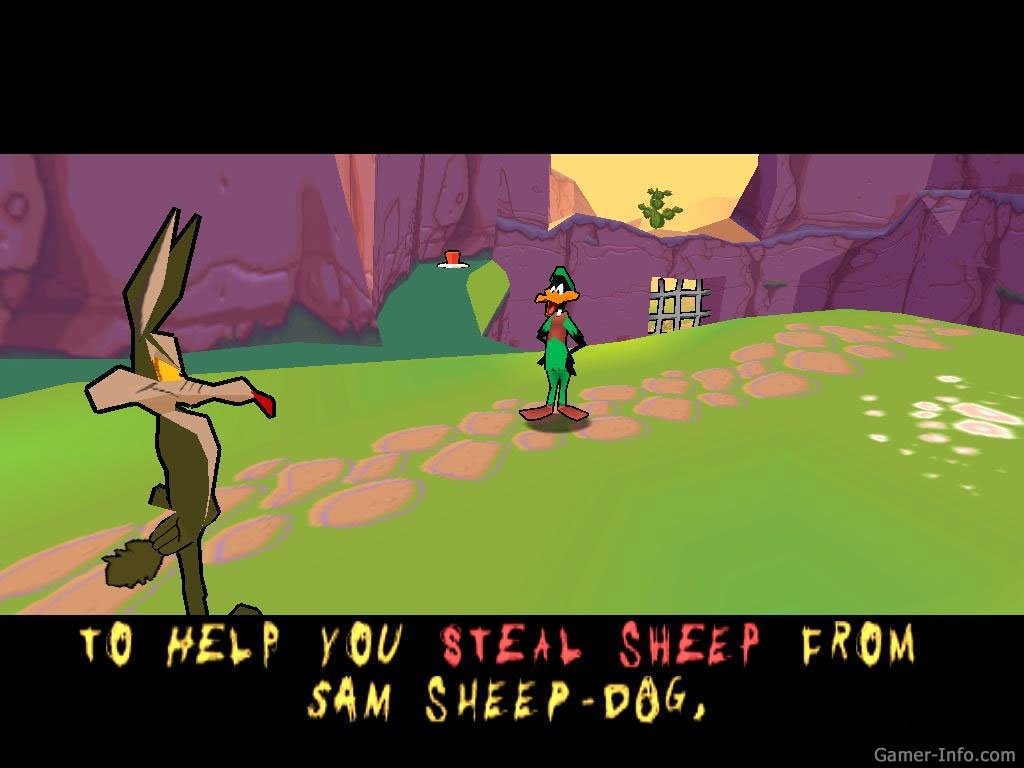
Grossman crafted this analogy in response to 9/11 and the war in Iraq. And it’s not enough to classify the human race into these three simple categories; Grossman—and those who parrot his metaphor—are issuing a call to action to defend yourself against your enemies. In a country where innocent, unarmed, mostly black Americans keep getting killed, it’s a pernicious worldview to hold.
In Grossman’s original essay, now available on his website, he credits an “old war veteran” with first telling him about wolves, sheep, and sheepdogs. He writes:
If you have no capacity for violence then you are a healthy productive citizen: a sheep. If you have a capacity for violence and no empathy for your fellow citizens, then you have defined an aggressive sociopath—a wolf.But what if you have a capacity for violence, and a deep love for your fellow citizens? Then you are a sheepdog, a warrior, someone who is walking the hero’s path.
In Grossman’s telling, the wolves will do anything they can to hurt sheep. Grossman variously identifies wolves as school shooters, terrorists, criminals, and anyone looking to hurt the innocent. Internationally, think ISIS, al-Qaida, and Boko Haram. Domestically, think gangsters, criminals, and thugs. Grossman makes it clear that, no matter how much society fears its sheepdog protectors, the sheep need their sheepdogs. That means that a sheepdog cannot “take out its teeth.” In gun rights terms, this means that gun owners should never go anywhere without a concealed firearm: “If you are a warrior who is legally authorized to carry a weapon and you step outside without that weapon, then you become a sheep, pretending that the bad man will not come today./pic3529562.png) ”
”
And the wolf will come, says Grossman. “If you want to be a sheepdog and walk the warrior’s path,” he writes, “then you must make a conscious and moral decision every day to dedicate, equip and prepare yourself to thrive in that toxic, corrosive moment when the wolf comes knocking at the door.” He emphasizes practicing “when/then” thinking as opposed to “if/when” thinking. He encourages sheepdogs to view their surroundings with fear and paranoia.
Since the sheepdog analogy was published in On Combat, it’s been referenced or copied wholesale on countless military, special operations, and police blogs. It has been featured at least eight times on the Internet’s most popular military blog, BlackFive. net, as well as other popular milblogs like A Soldier’s Perspective, SOFREP, and This Ain’t Hell. And we’ve found dozens of other blogs that reference or link to Grossman.
net, as well as other popular milblogs like A Soldier’s Perspective, SOFREP, and This Ain’t Hell. And we’ve found dozens of other blogs that reference or link to Grossman.
Off the Internet the analogy has spread to T-shirts by at least four different companies, one of which calls itself “Sheepdog Inc.” (Slogan: “Shirts for heroes who hunt down evil.”) It has inspired pastors of churches, and an organization called “Sheepdog Seminars for Churches” that teaches congregations self-defense. It has also been adopted as the name for many gun rights groups. There is even a sheepdog disaster-relief charity—like the Red Cross, but “small, flexible, and reactive” like a Marine Corps Quick Reaction Force. And the sheepdog analogy is all over social media.
While Grossman does have a Ph.D. in psychology, his analogy has zero basis in science. Good and evil aren’t scientific phenomena. While some humans have inclinations toward aggression and violence, it is not a gene that some people have and others do not. Yet Grossman still teaches more than 300 seminars a year on the sheepdog analogy and “conditioning the mind.” Conditioning it for what? We live in the safest times in human history. True “random acts of violence” are incredibly rare in our society; terror events rarer still. But the sheepdog analogy wouldn’t exist if people weren’t afraid
And people are afraid, so they take action. As a result, this simple analogy is undone by an even simpler (and older) one: the wolf in sheep’s clothing.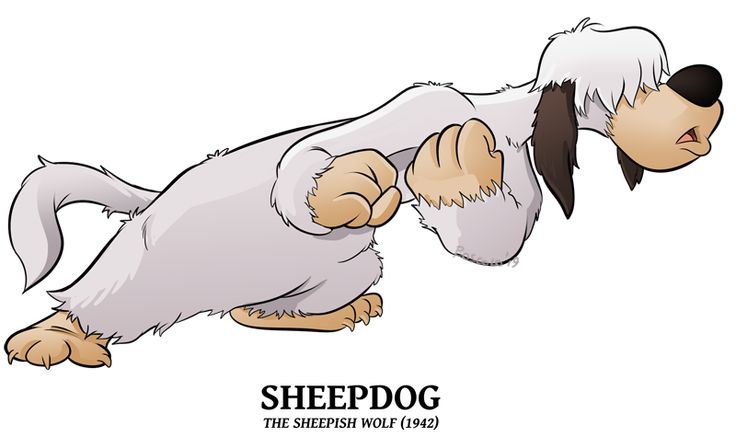 After all, all humans basically look alike. Faced with this problem, how can you tell a wolf from a sheep?
After all, all humans basically look alike. Faced with this problem, how can you tell a wolf from a sheep?
The easiest way is race.
Chris Kyle, when he went to Iraq, spent zero time distinguishing the sheep from the wolves: Every Iraqi was a wolf. Kyle called Muslims “savages,” and described the unofficial rules of engagement of the battlefield simply: “If you see anyone from about sixteen to sixty-five and they’re male, shoot ’em. Kill every male you see.” That doesn’t sound like someone protecting the sheep (innocent Iraqi males) from the wolves (the insurgents).
Domestically, black Americans are the victims of this analogy.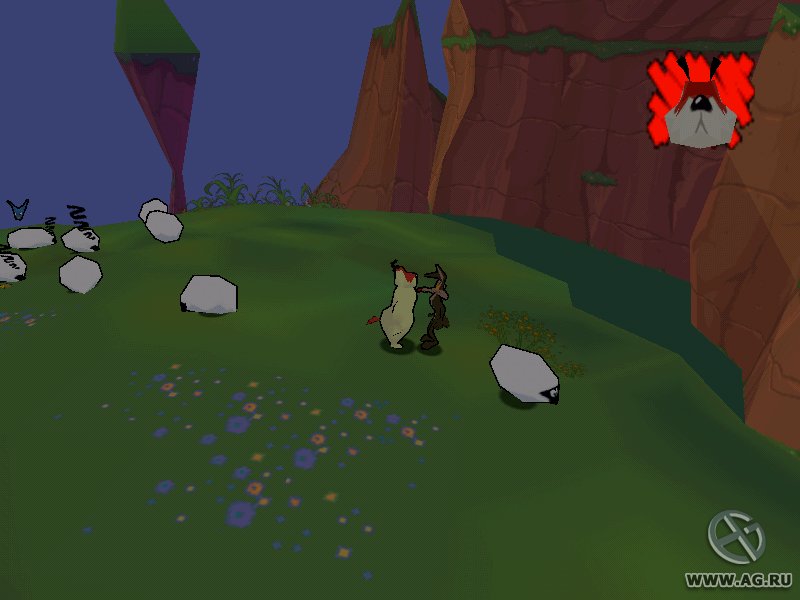 White Americans, in general, view threats through the lens of race. Studies show that many Americans believe black men are the most dangerous group in America. Experiments, using first-person shooter video games, have shown that unarmed black men are more likely to be shot than their white counterparts by police officers. In other words, some “sheepdogs” tend to reflexively identify black people as “wolves.” Is it a coincidence that black men are 21 times more likely to be shot by police? Or that America has seen a rash of unarmed (mostly black) Americans killed by armed civilians in recent years?
White Americans, in general, view threats through the lens of race. Studies show that many Americans believe black men are the most dangerous group in America. Experiments, using first-person shooter video games, have shown that unarmed black men are more likely to be shot than their white counterparts by police officers. In other words, some “sheepdogs” tend to reflexively identify black people as “wolves.” Is it a coincidence that black men are 21 times more likely to be shot by police? Or that America has seen a rash of unarmed (mostly black) Americans killed by armed civilians in recent years?
In reality, some sheepdogs act an awful lot like the wolves. Take Jimmy Lewis Fennell, Jr., a police officer who was convicted of committing sexual assault on duty. If he’s not a wolf, then who is? And how does a sheepdog handle that threat?
And while the majority of veterans (sheepdogs through and through) return home to lead normal lives, some do not. (Statistically, veterans with PTSD do have higher rates of violent crime, though the vast majority of veterans do not commit crimes.) Have these sheepdogs turned into wolves, or were they always wolves?
We don’t want to paint police officers and veterans as “whackos” or evil. (One of the co-writers of this post is a veteran.) We want to point out how foolish, and potentially tragic, the distinctions between good “sheepdogs” and evil “wolves” really are.
After leaving his service as a Navy SEAL and publishing his memoir, Chris Kyle started mentoring other veterans with PTSD.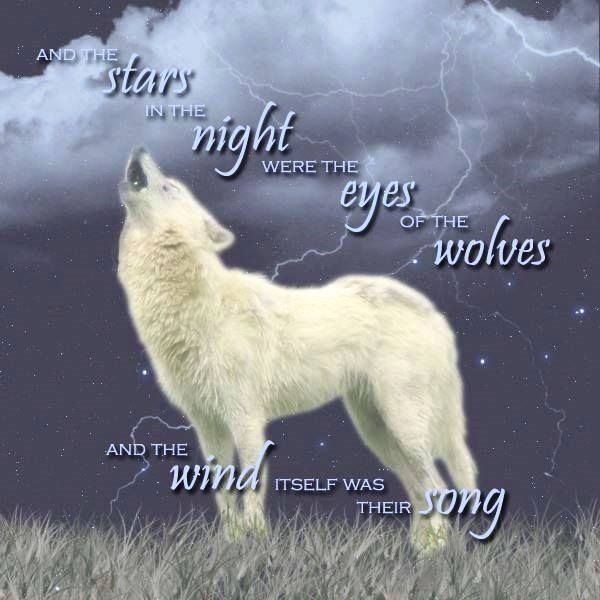 As the movie mentions in its conclusion, Chris Kyle was killed by another veteran, a Marine. Are Marines not sheepdogs? Or did Kyle’s killer turn into a wolf? Most importantly, as the analogy goes, why couldn’t Kyle tell the difference?
As the movie mentions in its conclusion, Chris Kyle was killed by another veteran, a Marine. Are Marines not sheepdogs? Or did Kyle’s killer turn into a wolf? Most importantly, as the analogy goes, why couldn’t Kyle tell the difference?
Because the analogy is simplistic, and in its simplicity, dangerous. It divides the world into black and white, into a good-versus-evil struggle that the real world doesn’t match. We aren’t divided into sheep, sheepdogs, and wolves. We are all humans.
Ask Michael Brown. Ask Eric Garner.
Ask Chris Kyle.
- Movies
Complicated relationship between wolves and Caucasian shepherd dogs - Why does a person need a dog?
Based on Mark Derr's blog (see links at the end of the article)
The more scientists learn about the relationship between dogs and wolves, the more it becomes clear that their separation, which began tens of thousands of years ago, is still incomplete, because wolves and dogs continue to interbreed where available. Cross-fertilization is usually seen from the point of view of dogs, but it essentially goes both ways: in wild wolves carrying dog genes and in dogs carrying wolf genes. nine0005
Cross-fertilization is usually seen from the point of view of dogs, but it essentially goes both ways: in wild wolves carrying dog genes and in dogs carrying wolf genes. nine0005
New study "Gene flow between wolf and shepherd populations in Georgia (Caucasus)" by Natia Kopaliani, Maya Shakarashvili, Zureb Gurielidze et al. Institute of Ecology, Lia State University (Tbilisi, Georgia), published March 12, 2014 in Journal of Heredity , shows that the famous Caucasian Shepherd Dogs - large ferocious dogs, which are considered one of the best guard dogs in the world, have a thousand-year history of hybridization with wolves. This work was carried out as part of the work of Dr. Kopaliani, who is researching the conflict between man and wolf in Georgia. nine0005
"Unlike wild wolves, wolf-dog hybrids reportedly may lack fear of humans, so we wanted to study the pedigree of wolves near human settlements to determine if they could be hybrids," she added.
“Most of the dogs studied had mitochondrial haplotypes putatively in the East Asian dog cluster, and most of the wolves studied had haplotypes similar to European wolves, but 20% of wolves and 37% of dogs had similar haplotypes,” report researchers.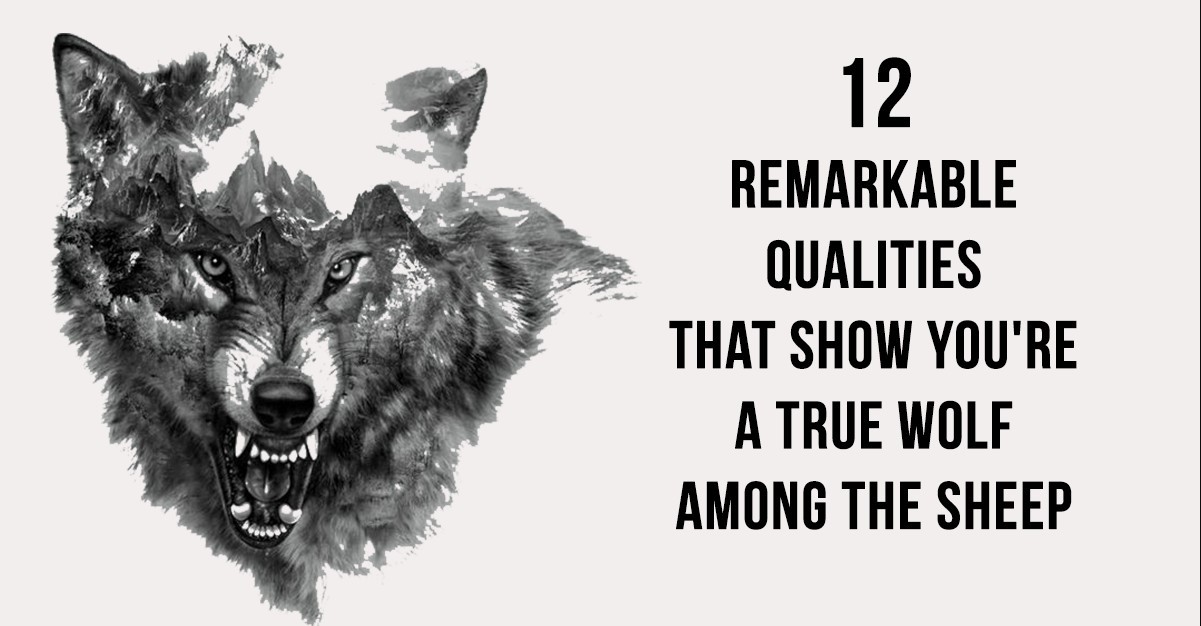 (Haplotypes are long stretches of chromosomes, or even whole chromosomes, that seem to be inherited together, suggesting a common origin.)
(Haplotypes are long stretches of chromosomes, or even whole chromosomes, that seem to be inherited together, suggesting a common origin.)
Researchers later found that more than 13% of wolves and 10% of dogs had distinct canine or wolf ancestry. At least 2 to 3% have been identified as first generation hybrids. “We expected to find several individuals of hybrid origin, but it turned out that traces of recent hybridization were present in every tenth wolf and every tenth shepherd dog,” said study co-author Tarkhnishvili.
Researchers suggest that this high level of hybridization has had a significant impact on the genomes of dogs and wolves. Their findings reinforced the suggestion of other researchers that at least some of the haplotypes identified by geneticist Peter Savolainen as from East Asian dogs, including those found in modern dogs, are more likely to be descended from Western European wolves, and reflect their significant contribution to the formation of dogs in areas such as the Caucasus.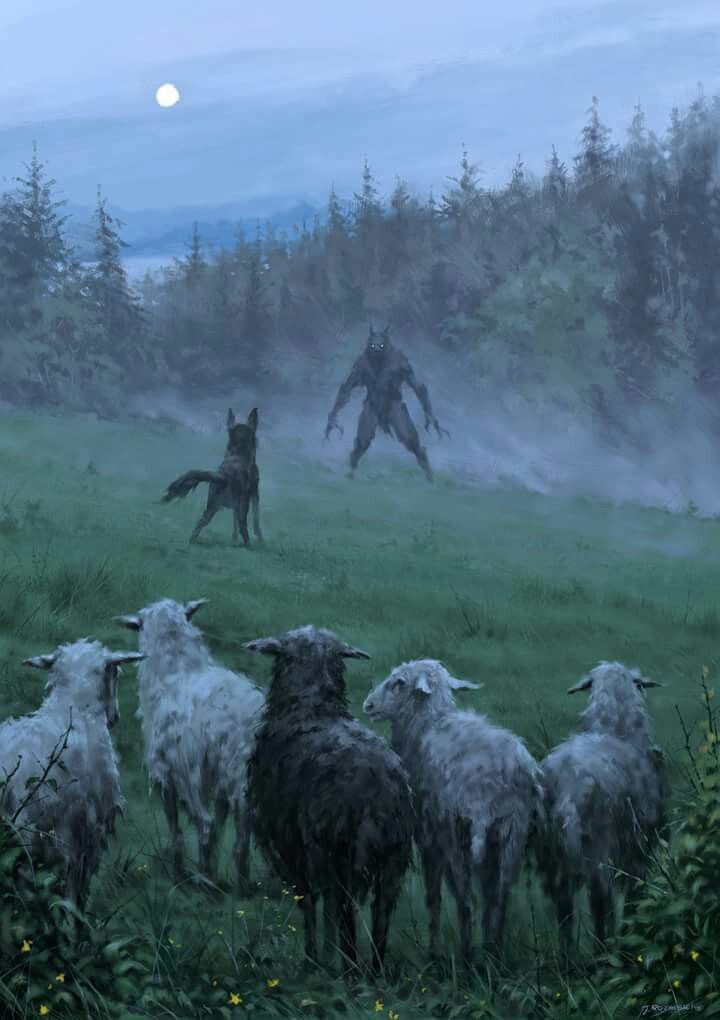 nine0005
nine0005
For example, 14% of wolves and 17% of Caucasian shepherd dogs have a similar haplotype from clade B, a group showing a maternal ancestor and all its descendants, determined by the mitochondrial DNA into which the researchers identified dogs. The authors of this study argue that their data support the notion that clade B, far from being of East Asian origin, is a lineage that has passed from European wolves to dogs. It probably originated in European wolves and passed from them to dogs, since it is not found in Asiatic wolves. nine0005
Genes passed in both directions, which shows the existence of regular matings of both wolves and females, and she-wolves and males. The authors note that shepherds keep wolves in captivity to breed them with their females in order to renew blood in their dog lines.
I used to think that the advent of animal husbandry created a gulf between dogs and wolves, but new evidence shows that hybridization has existed since the advent of the first dogs and continues to this day in areas where wolves live and traditional shepherd (guard) dogs are used. The researchers named such areas as Anatolia, the mountainous parts of Iran and Iraq, Turkmenistan and the Caucasus. The limiting factors are the number of wolves and free-roaming dog populations. nine0005
The researchers named such areas as Anatolia, the mountainous parts of Iran and Iraq, Turkmenistan and the Caucasus. The limiting factors are the number of wolves and free-roaming dog populations. nine0005
Combined with other recent studies showing that dogs originated in hunting and gathering societies and continued to interbreed with wolves for a long time, this study helps disprove Raymond Coppinger's theory that dogs originated from a population of wolves that lived in dumps of early farmers, and thus tamed themselves, because they were looking for attention and affection from people. (See Lorna Coppinger, Raymond Coppinger Dogs. A new look at the origin, behavior and evolution of dogs, Moscow, "Sofion", 2005.)
In the process of domestication, he says, these wolves acquired juvenile traits in appearance and behaviour. (The retention of juvenile traits in adults is known as neoteny.) This transformation was necessary, Coppinger argues, because feral wolves are hardly socialized or trained.
Among the most juvenile dogs are livestock guards, writes Coppinger. Because they can be so gentle with the sheep they guard, he argues, they could not be wolves or hybrids. But according to this new publication, not only in the Caucasus, but wherever wolves and dogs guarding farm animals are still numerous, they are interbreeding as they have been for centuries. nine0005
If such crosses are so common, how did dogs appear? We will never be able to find a fully definitive answer, but it becomes obvious that the question is not how many centers of origin of early dogs existed, but why some dog wolves (a name I use to distinguish from wolf dogs) made the jump to "dog" others didn't? Perhaps the answer is in the type of mutations that occurred among the ancient populations of canine wolves, which for some reason were isolated and due to circumstances through inbreeding, fixed these specific mutations, which geneticists Robert Wayne and Bridget von Holdt called "discrete mutations with large consequences ". Among these changes could be a slightly longer critical period of socialization, which allowed the dogs to “communicate” more easily with other species. nine0005
Among these changes could be a slightly longer critical period of socialization, which allowed the dogs to “communicate” more easily with other species. nine0005
Since the end of the 18th century there has been a strong growth in the breeding of dogs. (Many geneticists date this event from 100 to 150 years ago (creation of breed clubs), but I think it happened somewhat earlier.) People began to close pedigrees and breed dogs "in themselves", stopping mating with other types of dogs and, of course with wolves.
Breed purity has become a slogan. The number of dogs has increased exponentially, but whether they have benefited from limited breeding (with a poor gene pool) is a completely different matter, the devastating consequences of which we are only beginning to realize. nine0005
Sources:
- When the Livestock Guard Is a Dog, She Might Also Be a Wolf
- Wolves at the door: Study finds recent wolf-dog hybridization in Caucasus region
Tags: wolves, hybridization, Caucasian Shepherd Dog, origin of dogs, Raymond Coppinger
German Shepherd
General characteristics of the breed
Since ancient times, the wolf has been and remains one of the most dangerous and cunning forest predators.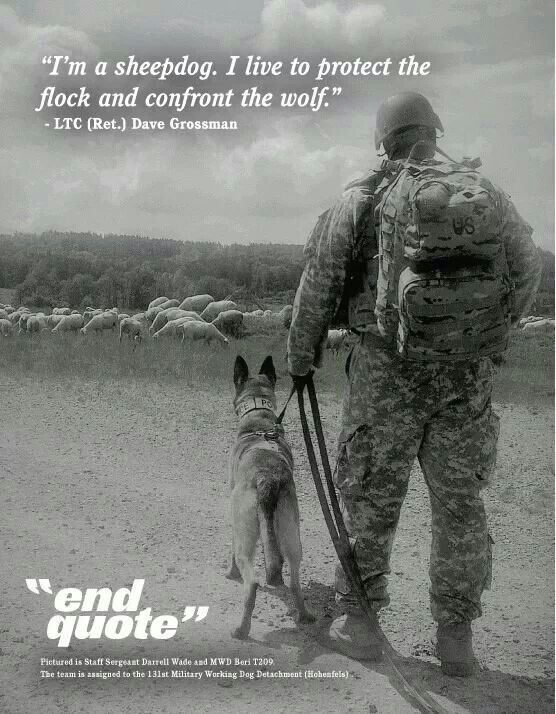 The relationship between a wolf and a man - the main contender for power in the forest - has never been cloudless. Even in mythology and fairy tales from different countries, the wolf personifies malice, greed, gluttony and deceit. However, thanks to this animal, in the course of many centuries of evolution, man has found a dog - the most faithful friend, reliable assistant and protector. Today, in dogs of different breeds, such as huskies or huskies, there are clear features of their distant relatives. nine0005
The relationship between a wolf and a man - the main contender for power in the forest - has never been cloudless. Even in mythology and fairy tales from different countries, the wolf personifies malice, greed, gluttony and deceit. However, thanks to this animal, in the course of many centuries of evolution, man has found a dog - the most faithful friend, reliable assistant and protector. Today, in dogs of different breeds, such as huskies or huskies, there are clear features of their distant relatives. nine0005
Among all dogs resembling a wolf, the German Shepherd stands out, the color of which has the same range - from pale yellow to black. Despite the resemblance to a wild predator, the German Shepherd is one of the most intelligent, easily trained and easily trained dogs, and its most important advantage is loyalty to a person.
By comparison, even the most devoted Huskies sometimes show excessive independence and self-sufficiency, resulting in a "chill" in their relationship with the owner.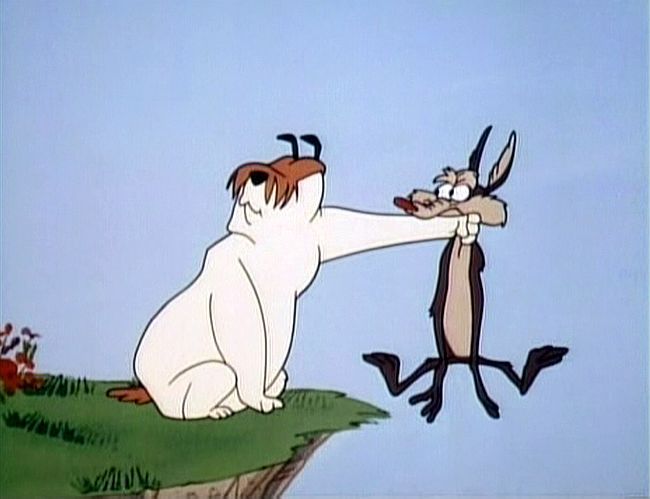 It is believed that the ancestors of the shepherds were northern and Indian wolves, and the German shepherds themselves are descendants of one of the collie dog breeds. nine0005
It is believed that the ancestors of the shepherds were northern and Indian wolves, and the German shepherds themselves are descendants of one of the collie dog breeds. nine0005
The German Shepherd was officially recognized for the first time in 1882 at a dog show in Hannover. The lucky male was Greif, who had a gray-white color that is completely unusual for modern representatives of this breed. Further in 1899, German dog breeders Arthur Meyer and Max von Stephanitz, the latter of whom is considered the spiritual father of all German Shepherds, created the first breed standard. At the beginning of the 20th century, the main purpose of all shepherd dogs in Germany was to protect livestock, therefore, in order to successfully perform its “shepherd’s work”, the dog had to be smart, balanced, physically and psychologically resistant to various manifestations of the outside world. In this regard, when breeding dogs, Stephanitz and Meyer first of all tried to develop in them intellectual skills and physical qualities, paying secondary attention to the appearance of the German Shepherd. So, by improving the internal qualities, and not just the appearance, the breeders were able to bring out an almost ideal pet - intellectually and physically developed, restrained and easily trained, which today we call the German Shepherd. nine0005
So, by improving the internal qualities, and not just the appearance, the breeders were able to bring out an almost ideal pet - intellectually and physically developed, restrained and easily trained, which today we call the German Shepherd. nine0005
In the 20th century, the German Shepherd ceased to be a shepherd dog and became a service breed. Thanks to their unique qualities, German Shepherds are today recognized as one of the best service dogs in the world and successfully "serve" in the police and customs, and also go with military personnel to hot spots, where they are engaged in search work and saving people's lives.
Balanced psyche and calm disposition allow German Shepherds to provide great help to people who are blind and visually impaired, acting as their guide dog and greatly facilitating their life. Well, and finally, the German Shepherd is a frequent good-natured character in various books, as well as an "actor" of films and TV shows, which once again confirms its ability to train and obedience. nine0005
nine0005
Appearance of a German Shepherd
Externally, a German Shepherd is a strong, not large dog (males 60-65 cm, females 55-60 cm at the withers) of proportional build, which has a so-called rectangular format, i.e. the length of her body is 10% - 15% more than the height. Head of medium size, moderately wide; the ears are high-set, turned up and pointed, from which they resemble the shape of a triangle. The tail is of medium length, smoothly curved upwards; paws with short clenched toes and hard pads have a rounded shape. nine0005
Slightly slanting eyes, almond shape, color range from light brown to black. The German Shepherd is a very active dog that needs daily exercise, so as the owner of such a dog, be prepared for joint walking and cycling, outdoor games and various sports competitions.
With a calm disposition and a penchant for obedience, the German Shepherd is easy to train, but for best results in education, training with a dog should be entrusted to a professional trainer.%20(Front).jpg) The German Shepherd is a very good-natured animal, treats children well and will easily fit into any home environment, however, having highly developed guarding instincts, it remains a good watchman and protector. That is why in most families the German Shepherd is not treated as a pet, but as a full-fledged family member. nine0005
The German Shepherd is a very good-natured animal, treats children well and will easily fit into any home environment, however, having highly developed guarding instincts, it remains a good watchman and protector. That is why in most families the German Shepherd is not treated as a pet, but as a full-fledged family member. nine0005
How to choose the right puppy
Before choosing a puppy, you must first decide for what purpose you are getting a dog. If you are going to engage in breeding, then of course it is better to choose a puppy with an impeccable pedigree, but if you get a dog “for the soul”, then the achievements of its parents at exhibitions and competitions do not really matter, the main thing is that the puppy is healthy.
If you take a female puppy, you should be prepared for the hassle of mating and having offspring, with a male, from this point of view, there will be fewer problems, but males are harder to train, because they have a more solid character than females. nine0005
nine0005
According to cynologists, females, unlike males, are more strongly attached to the house and the owner, have a higher intelligence, are much more devoted, but not so brave, enduring and independent. Thus, the choice of the puppy's gender largely depends on your preferences, the purpose of the acquisition, the possibilities of keeping the dog and lifestyle. It is recommended to buy a puppy from professional breeders or in a kennel, so you can be sure that you are taking a thoroughbred and healthy dog. By European standards, the offspring is considered defective if less than a year has passed between the previous and the last litter, because the bitch did not have time to fully recover, so be sure to find out when the mother of the puppy had the previous litter before buying. nine0005
When examining a puppy, pay special attention to the following points: there should be no scratching in the area of the ears, the bite should be scissor-shaped, curvature, bumps and breaks in the limbs and tail are unacceptable. The first month of life, the puppy's eyes may be slightly bluish, which is considered normal and disappears with age. Before reaching the age of 4 months, slightly "fallen" tips of the ears are allowed, but if the puppy's ears have not found a triangular shape, you should contact your veterinarian.
The first month of life, the puppy's eyes may be slightly bluish, which is considered normal and disappears with age. Before reaching the age of 4 months, slightly "fallen" tips of the ears are allowed, but if the puppy's ears have not found a triangular shape, you should contact your veterinarian.
To determine the character of a puppy, you can use the William Campbell test, the method of which has been successfully used by professional breeders for many years. nine0005
Care and maintenance
The main signs of health of any dog are a shiny coat and clear, clean eyes. The nose should be cool and moist, although during sleep and after waking up, as well as after exercise, dryness of the nose is acceptable. When the dog is in a painful condition, there is a decrease in appetite, drowsiness, apathy, lack of interest in games; the animal tries to hide in a dark place, avoids people. If you notice this behavior in your pet, take him to the veterinarian immediately. nine0005
In order to be healthy, a dog must eat regularly and in a balanced way, so consult a professional to select the right food for your pet.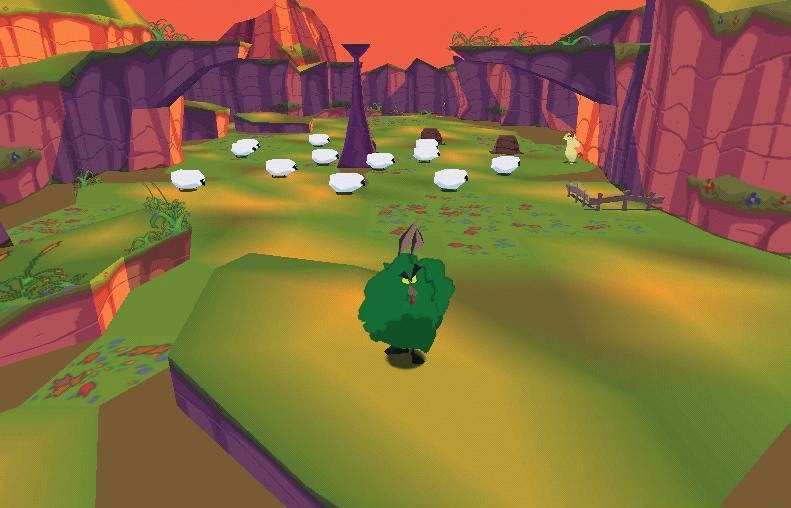 If, nevertheless, you make a menu for the dog yourself, pay attention to foods rich in vitamins and microelements and be sure to follow the following rules when feeding: serve food warm, wash the bowl after each meal, feed the dog 1-2 times a day.
If, nevertheless, you make a menu for the dog yourself, pay attention to foods rich in vitamins and microelements and be sure to follow the following rules when feeding: serve food warm, wash the bowl after each meal, feed the dog 1-2 times a day.
For proper metabolism, the dog must drink plenty of pure water (preferably at room temperature). Change the water in the bowl more often and do not allow the dog to drink water from puddles and dirty water, in order to avoid intestinal disorders and infections. nine0005
Mating and training
To breed healthy offspring, only absolutely healthy dogs should be bred, in addition, breeders should pay attention to two basic conditions for mating. First, age. So, males can be knitted upon reaching the age of one and a half years, females - not earlier than 20 months. In this case, partners should be about the same age. Secondly, it is necessary to take into account the size and weight of dogs, since a large difference in the physical parameters of partners can lead to congenital diseases in their offspring.

